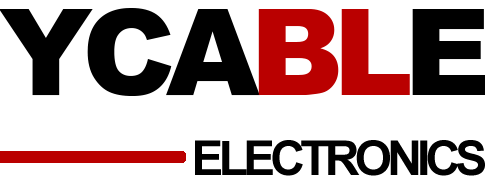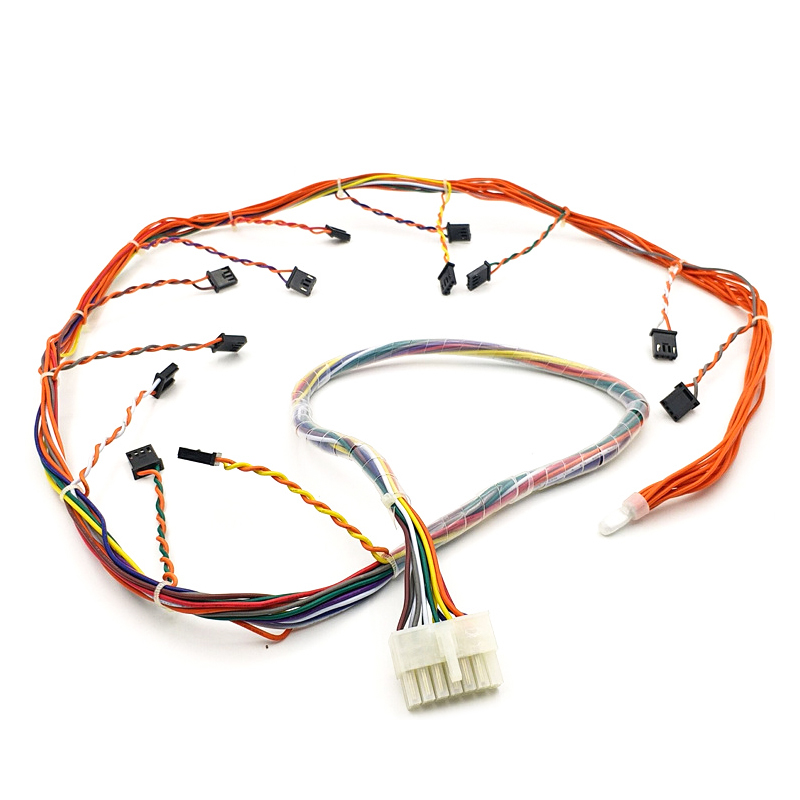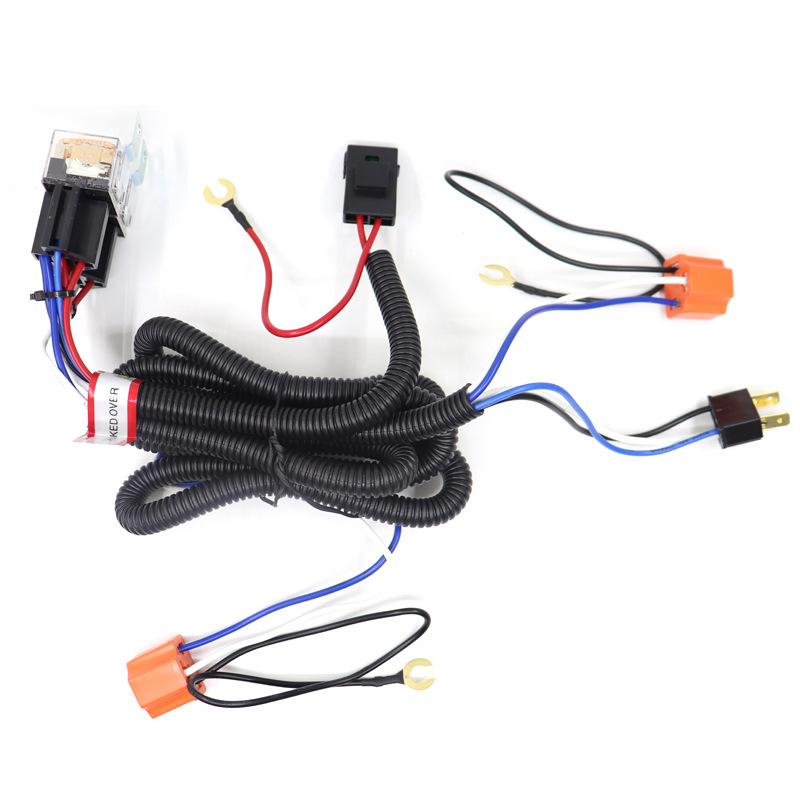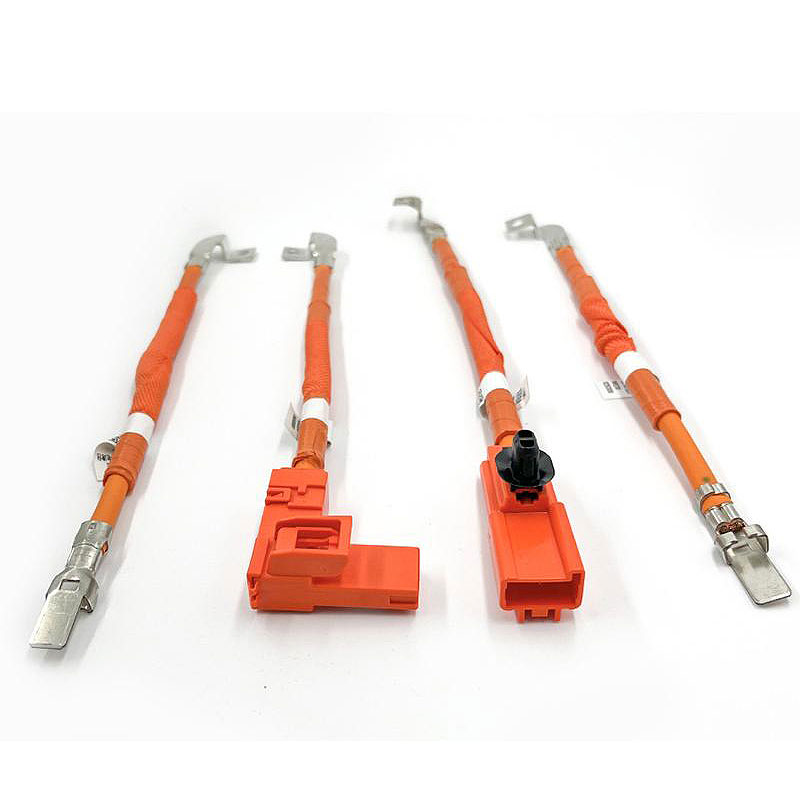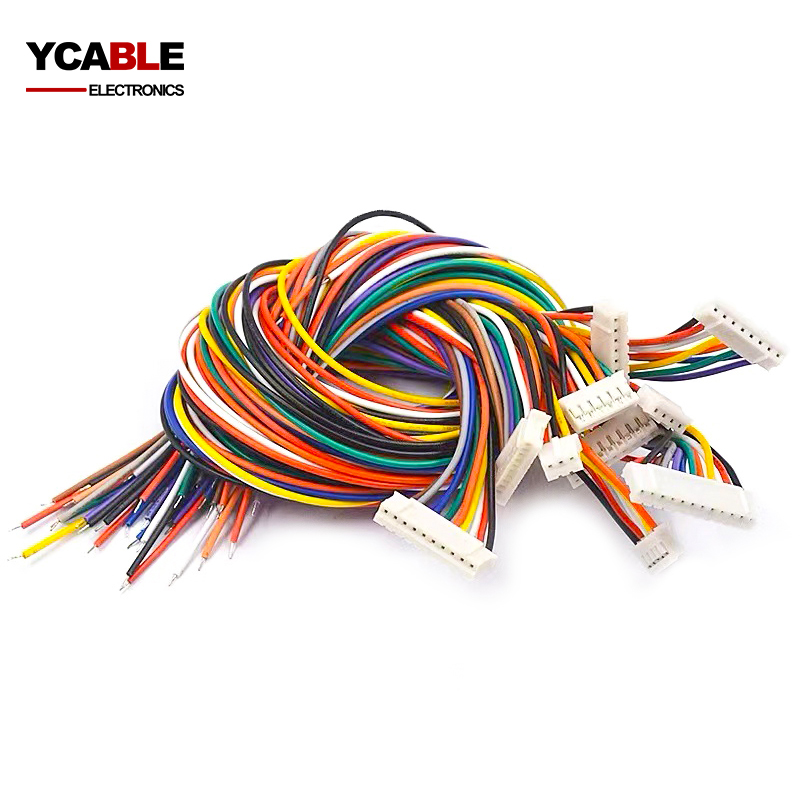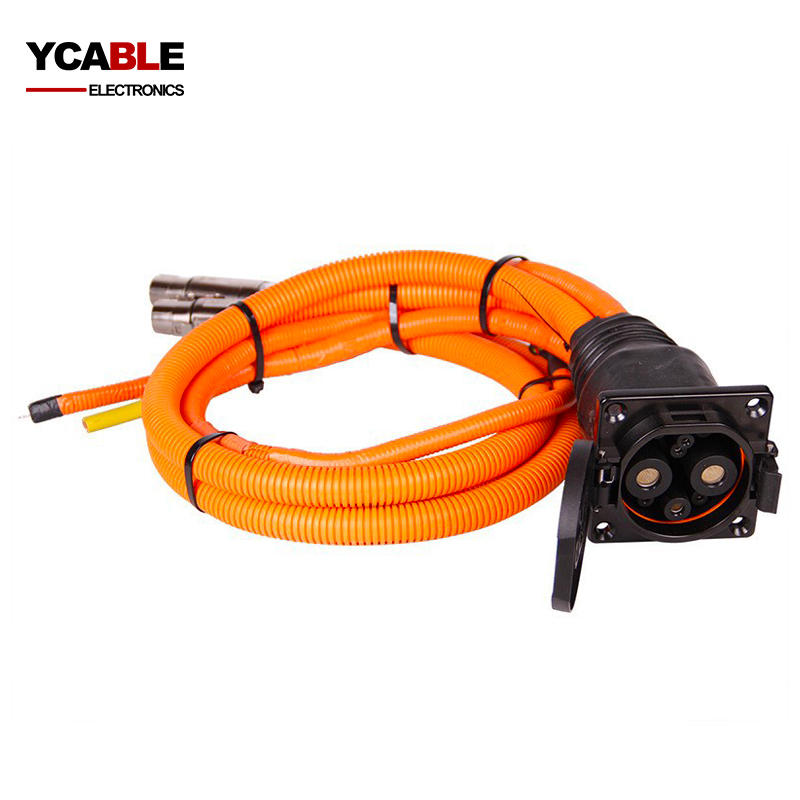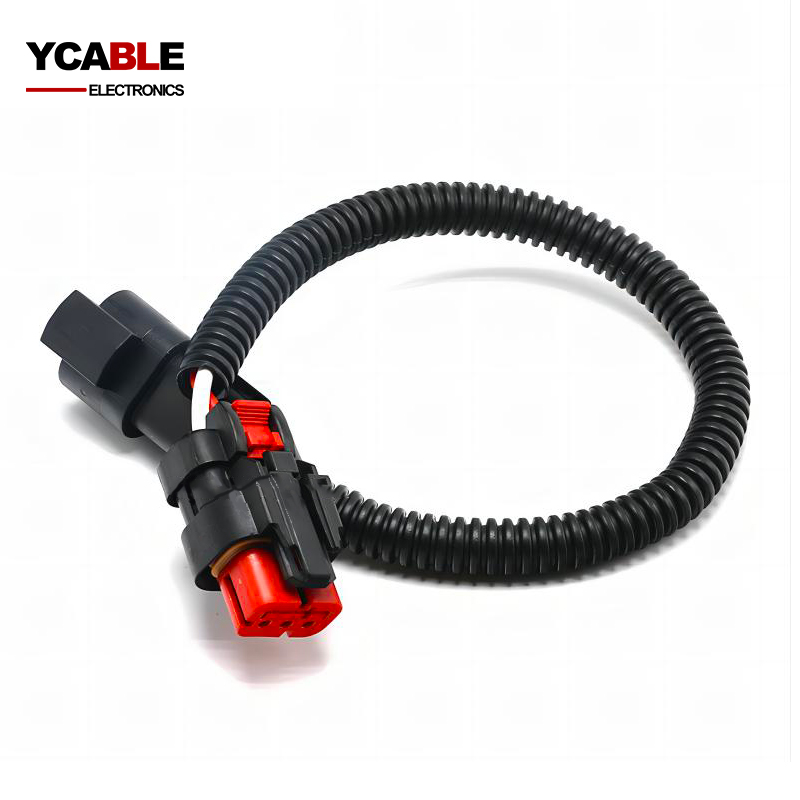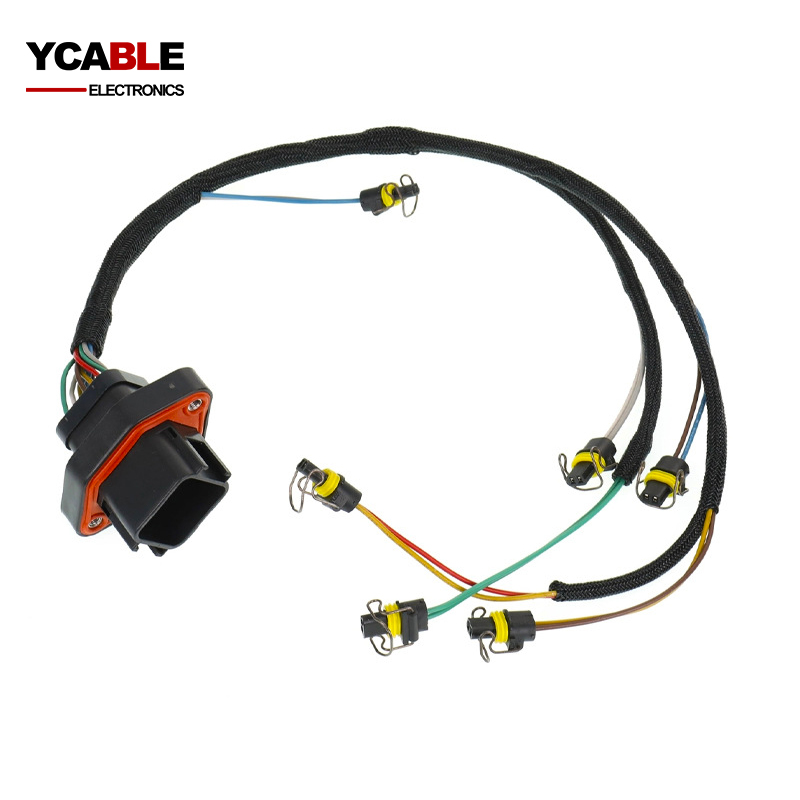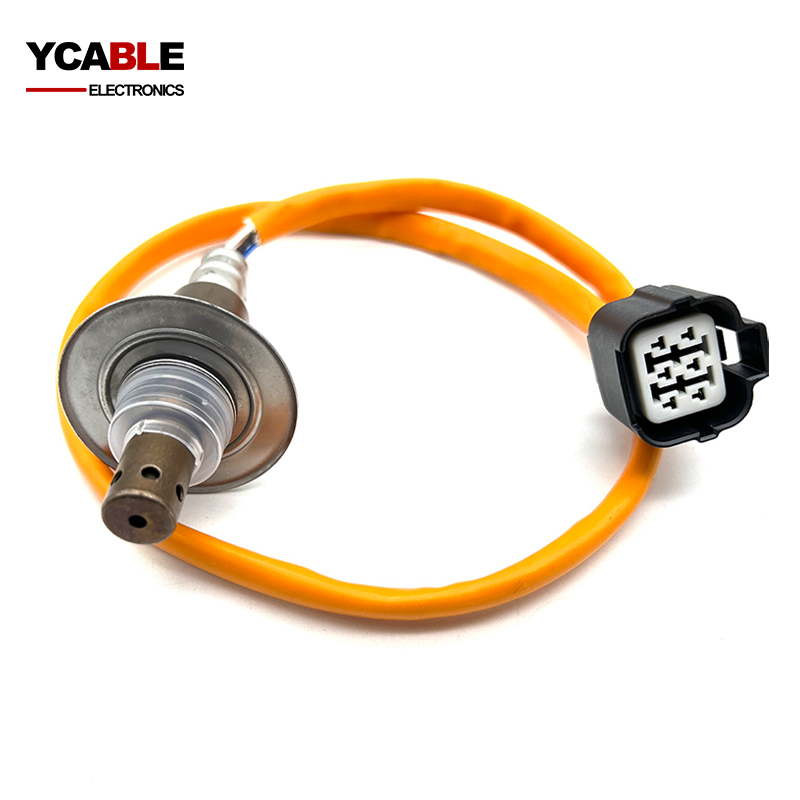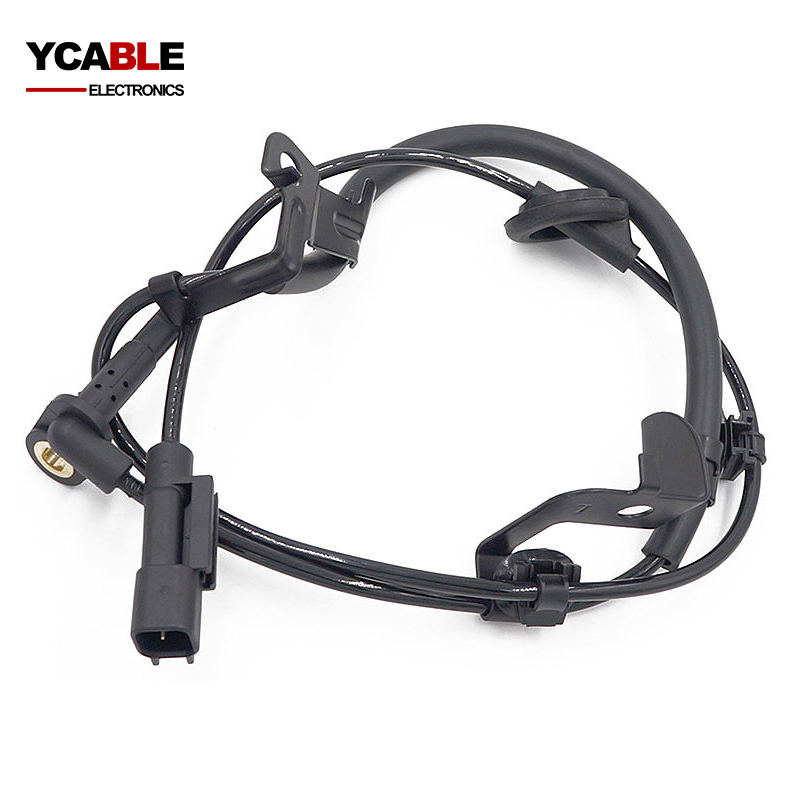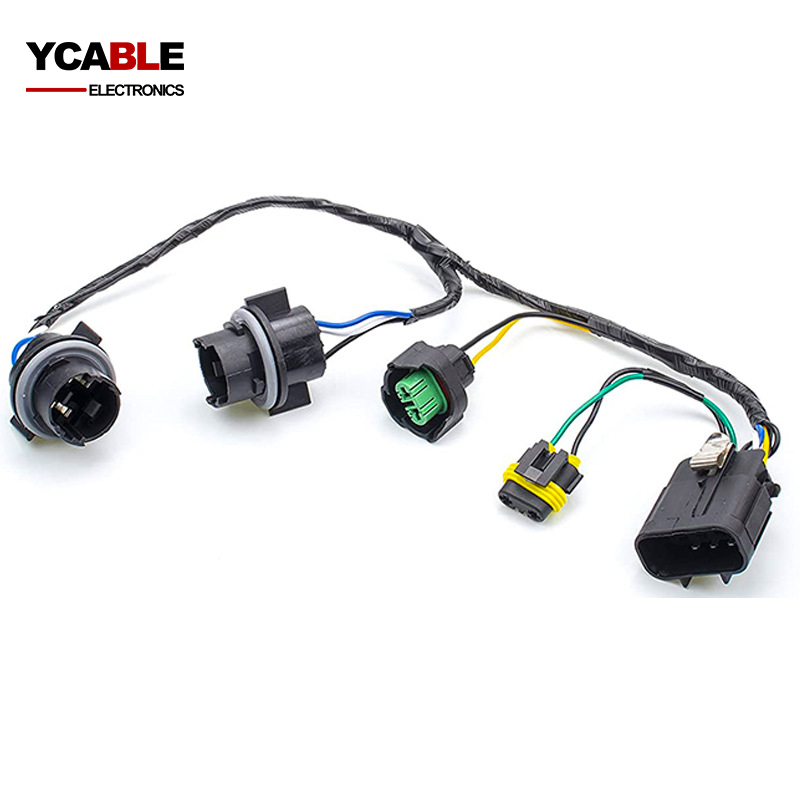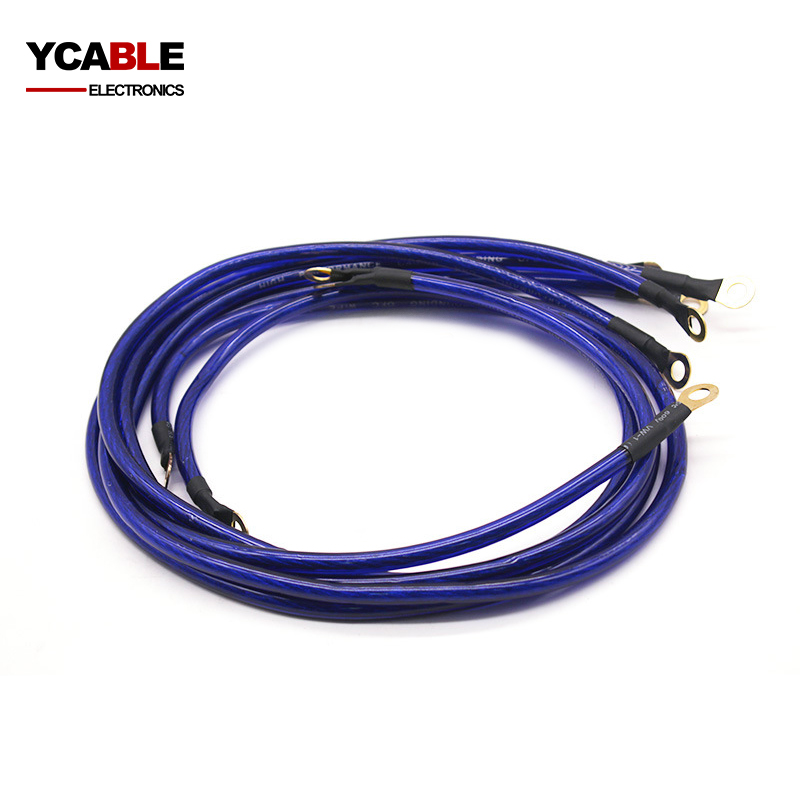How to design and develop automotive wiring harnesses
Classification of car wires
American Standard Automotive Wires (SAE J1128, J1939, etc.)
-
Governing Body: SAE (Society of Automotive Engineers)
-
Common Types: GPT, GXL, TXL, SXL
-
Features:
-
Rated for 60–125°C, depending on insulation type
-
Insulation is typically made of PVC or cross-linked polyethylene
-
Conductor size in AWG (American Wire Gauge)
-
Widely used in North America
-
Applications: General wiring (GPT), high-temp areas (GXL, TXL), and commercial vehicles (SXL).
German Standard Automotive Wires (DIN/ISO standards, LV 112)
-
Governing Body: DIN, ISO, and OEM-specific standards (e.g., VW, BMW)
-
Common Types: FLRY-A, FLRY-B, FLY, FKS, etc.
-
Features:
-
Thin-wall PVC insulation, space-saving
-
Temperature rating usually 105–125°C
-
Metric wire sizes (e.g., 0.5 mm², 1.0 mm²)
-
Excellent flame resistance and flexibility
-
LV 112 specifies performance for modern car networks
-
Applications: Widely used in European cars for body, engine, and CAN/LIN networks.
Japanese Standard Automotive Wires (JASO/DENSO standards)
-
Governing Body: JASO (Japanese Automotive Standards Organization), DENSO, etc.
-
Common Types: AV, AVS, AVSS, CAVUS
-
Features:
-
Very thin-wall insulation (especially AVSS)
-
Temperature rating ~85–120°C
-
Metric sizes (e.g., 0.3 mm², 0.5 mm²)
-
Lightweight, compact for space-constrained Japanese vehicles
-
Applications: Common in Japanese vehicles for dashboards, ECUs, and tight routing.
Selection Tips:
-
Match the OEM standard if replacing parts in a specific brand (e.g., use FLRY in BMW).
-
Consider temperature, voltage, chemical exposure, and space constraints.
-
Choose SAE for North America, DIN/ISO for European cars, and JASO for Japanese vehicles
How to choose the right car wires
Determine the Application Environment
-
Engine bay: High temp (up to 125–150°C), oil/fuel resistant → use GXL, TXL, FLRY-B, or cross-linked wires
-
Cabin/interior: Lower temp, less stress → GPT, AV, AVS
-
Chassis/underbody: Exposure to water, abrasion → use shielded or reinforced insulation
Choose the Correct Wire Standard
-
SAE (e.g., GXL, SXL, TXL): Ideal for North American vehicles
-
DIN/ISO (e.g., FLRY, FLY): Common in European vehicles
-
JASO (e.g., AVSS, CAVUS): Suited for Japanese vehicles
Use the same standard as the vehicle manufacturer to ensure compatibility and safety.
Select Proper Insulation Material
-
PVC (e.g., GPT, FLRY-A): Cost-effective, general use, up to ~105°C
-
Cross-linked Polyethylene (e.g., GXL, TXL): Higher temp (125–150°C), better chemical resistance
-
Silicone or Teflon: Extreme temp or high flexibility needs (less common in standard cars)
Calculate Current Load and Choose Wire Gauge
-
Match wire gauge (AWG or mm²) to the current draw:
-
E.g., 0.5 mm² or 20 AWG for small signals
-
4 mm² or 12 AWG for higher current devices (like fans or fog lights)
-
Use charts to avoid overheating or voltage drop.
Consider Voltage Rating
-
Most car systems: 12V or 24V
-
Choose wires rated ≥ system voltage with margin (usually ≥60V rating for insulation)
Additional Considerations
-
Color coding: Helps with troubleshooting and standardization
-
Flexibility: Thin-wall wires (e.g., TXL, AVSS) are better for tight routing
-
Shielding: Needed for sensitive signal wires (e.g., CAN bus)
Summary Chart:
| Criterion | Choice |
|---|---|
| Temp Resistance | GPT (80°C), GXL/FLRY-B (125°C), SXL (150°C) |
| Insulation Type | PVC (standard), XLPE (high-temp), Teflon |
| Gauge (AWG/mm²) | Based on current & length |
| Standard | SAE (USA), DIN (Europe), JASO (Japan) |
| Application Location | TXL for tight spaces, AVSS for dashboards |
How to design and develop automotive wiring harnesses and match automotive wires
System Requirements Analysis
-
Define vehicle electrical architecture (12V, 24V, HV systems)
-
Identify all electronic components: ECUs, sensors, actuators, lights, infotainment, etc.
-
Gather current, voltage, and communication needs for each component
Circuit and Wiring Diagram Design
-
Create functional block diagrams, followed by schematic circuit diagrams
-
Include:
-
Power supply routing
-
Grounding points
-
Signal paths (e.g., CAN, LIN, Ethernet)
-
Fuse and relay locations
-
Use ECAD software like Zuken E3.series, Mentor Capital, or CATIA Electrical.
Wire Selection and Matching
Select wire type for each circuit based on:
| Parameter | Wire Choice |
|---|---|
| Current Load | Use AWG/mm² charts to match amperage with cross-section |
| Temperature Zone | TXL, GXL, FLRY-B for engine bay; AVSS/GPT for cabin |
| Standard | SAE (US), DIN (Europe), JASO (Japan) |
| Flexibility | AVSS, TXL for tight spaces |
| Shielding | Use shielded wires for EMI-sensitive lines (e.g., CAN) |
Also, select color codes and labeling schemes for easy service.
Harness Architecture Design
-
Design branch structure: main trunk + sub-branches
-
Determine:
-
Wire lengths
-
Connector types (sealed/unsealed, pin count)
-
Routing paths (based on vehicle 3D CAD layout)
-
-
Consider:
-
Bend radius
-
Mounting clips
-
Protection (tapes, sleeves, convoluted tubes)
-
Use 3D harness design tools integrated with vehicle CAD (e.g., CATIA Harness, Siemens NX).
Prototyping and Testing
-
Build a prototype using real components
-
Conduct tests:
-
Electrical: continuity, insulation resistance, voltage drop
-
Mechanical: vibration, abrasion, connector fit
-
Environmental: temperature cycling, fluid exposure, corrosion
-
Manufacturing Preparation
-
Prepare bill of materials (BOM), wiring tables, and cutting lists
-
Use automated machines for wire cutting, stripping, crimping
-
Document work instructions for assembly and QC
Final Validation and Compliance
-
Perform system integration in the vehicle
-
Validate against standards: ISO 6722, LV 112, SAE J1939, etc.
-
Ensure compliance with OEM-specific requirements (VW, Toyota, etc.)
Requirements → Schematics → Wire Selection → 3D Routing → Prototype → Test → Manufacture
